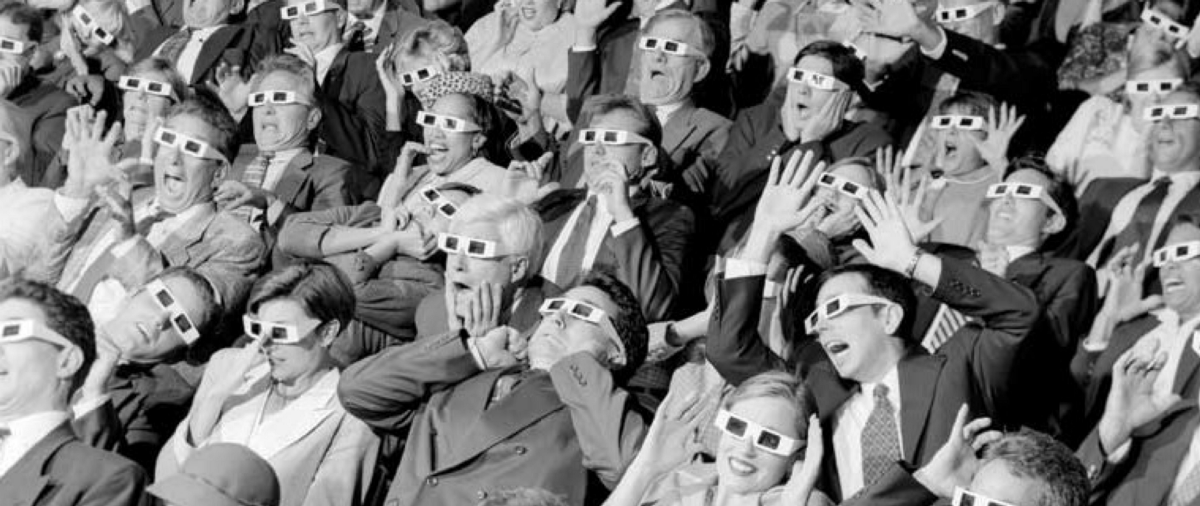I just got back from a design conference.
It was just one in a sea of poorly-designed design conferences I’ve attended over the years.
I wont beat around the proverbial bush.
Here are 3 easy ways for organizers to step up their game and put on an impactful, memorable, and successful design conference.

Speakers are performers, talks are theater
What do most people do at conferences?
They sit in chairs, and listen to people talk.
If this is true (it is) then designing talks is the most important element of a successful conference. This doesn’t mean accepting requests by interested speakers, and curating based on some theme. That’s good and all, but not the point here.
A failed design conference talk is one where a speaker gets up, says where they work, and goes through 5,000 slides showing the work they’ve done on over their career.
This perfectly describes most design conference talks.
But we can’t blame the speakers entirely.
Organizers who don’t guide them are the real culprits. When there is no intention to how talks will be presented, then the conference is not designed. It just happens.
The best talks I’ve seen are theatrical. They tell a story of work, people that do the work, challenges, and success. They’re honest and vulnerable. Appeal to the eyes, ears, and mind. They reveal human emotion and leave you with a feeling.
Not necessarily a maxim like “do good work”, “be brave”, or “just ship it”. But something to latch on to, and make it memorable and impactful.

Think beyond ticket sales
Y’know what design conferences are good at?
Making flashy websites. Giving out fun swag. Allowing you a day (or a few days) to feel like you’re part of some big, cohesive creative community.
But it’s all a gimmick.
Design conferences embody the negative tropes of design as an industry. “Design is making things pretty” is one that comes to mind.
They make websites and design spaces that neglect the needs and flows of people using them, at best. And are completely unusable, offensive, and frustrating at worst.
I have one idea for why this is the case.
They want to sell tickets, lots of them. But successful conferences should be measured by more than a full house. That’s only the beginning of the funnel.
Which brings me to the final point.

Define an end goal for attendees, measure the results, iterate, repeat
Conferences are like a perpetually unsatisfying lover.
Exciting at the start but soon fade away into boredom and awkwardness.
But it’s not a casual rendezvous. You’re not just trying to skip out on work for a few days (even though I know you are). You’re not going for the free lunch, cus we all know even if there is food, it’ll be bad.
You’re going because you have some idea of what it could do for you, and your career. The more selfish the better.
But when do conferences respond to those needs?
Answer: They don’t.
They sold the ticket, they can cover their costs, make a little money, and be good enough to get you to come again next year.
What if conferences made an effort to define a goal, even a single goal, that they want the majority of attendees to achieve?
Something of value. Maybe even something the organizers want to drive home based on the needs of the industry or local design community?
And once you articulate that goal, how are you going to get there?
Is your goal to encourage more interaction between attendees so everyone meets at least 10 new people? Why is that important? How do you intentionally design the conference so that happens?
Hint: Putting hundreds of socially awkward people in a foyer is not that.
Is your goal to push forward a shift in the industry? An idea that could change how we work, or what we work on, for the better? How will you do that, beyond just bringing some fancy speakers on stage?
And, finally, how will you measure whether your attendees achieved that goal? Did you live up to the promise you made to people who spent hundreds of dollars to come to your event?
If no, figure out how to do it better.
In other words, iterate on your conference design until you nail it, and become the most sought after, and impactful conference known to humankind.
